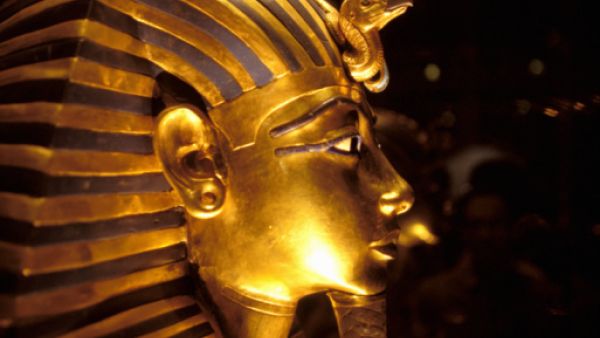Mining Minister Abdelbaqi al-Jaylani expects that Sudan will earn $4 billion from mine exports this year. He added that if mined gold is not smuggled abroad, Sudan will be able to make up for oil revenue losses after the Independence of the South. Gold hit record prices of $1921 dollars per ounce, but is currently trading at about $1500 dollars per ounce.
High gold prices have sparked a rush for the precious metal in Sudan, with many impoverished people eyeing unimaginable riches.
Jaylani estimates there are more than 200,000 unlicensed artisanal producers who, since January, have produced more than 60 tonnes of gold, much of which is smuggled across the Egyptian border.
“We expect the licensed companies to produce not more than 10 or 12 tonnes of gold this year. All in all, together with the artisanal producers, we will earn about $3 billion dollars from gold, plus another $1 billion from other minerals,” he added.
Gold in Sudan is in three main rocks: schist rocks, volcanic rocks and sedimentary rocks that were formed in the Bronze Age. Such rocks, usually found in the north, east and south of Sudan, usually include other metals such as cooper, zinc and iron. Gold has been discovered also in the Aryab area along the red sea with high concentrations reaching 100 g in a ton. This type of gold is being produced along the Nile banks by locals that use traditional methods of extraction.
Gold in Sudan is considered to be among the most available and produced metals. It has mineralization projects and gold processing in the area of Alhajar (ElDwishat mine) with a processing capacity of 810 kg a year and another project (Om Nyardi mine) in Halfa river in the northern province with a processing capacity of 700 kg annually. (Source: www.yallafinance.com)







